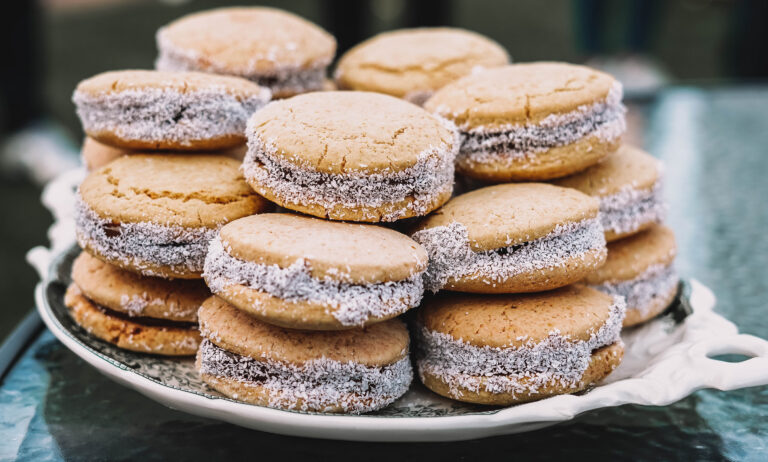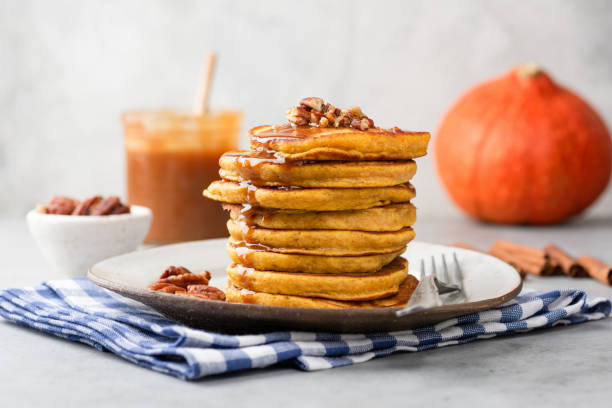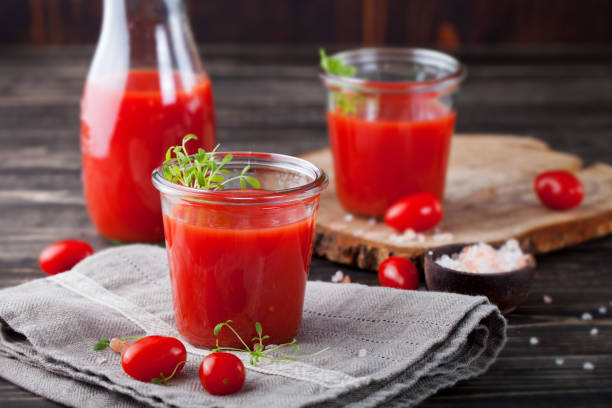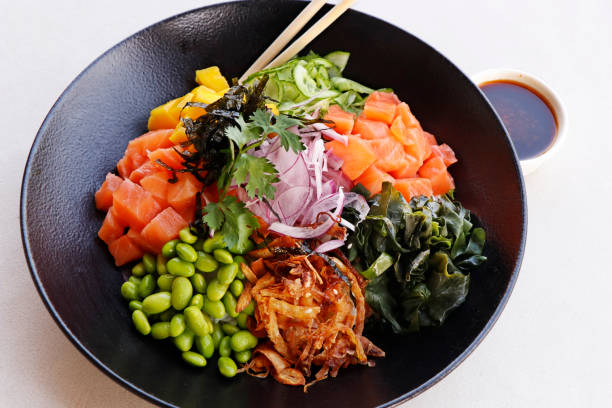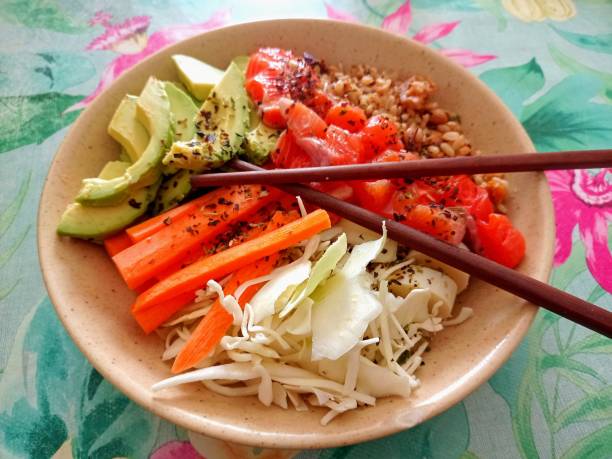Introduction to Antigua and Barbuda
Antigua and Barbuda is a small island nation located in the Caribbean Sea. The country is made up of two main islands, Antigua and Barbuda, and several smaller islands. The nation has a rich and diverse culture that is reflected in its cuisine. Antigua and Barbuda’s cuisine is a fusion of African, British, and Caribbean influences.
The Influence of History on Cuisine
Antigua and Barbuda’s cuisine is heavily influenced by its history. The island was once a British colony, which is why you will find British dishes such as fish and chips and shepherd’s pie on the menu. The African influence comes from the slaves who were brought to the island to work on sugar plantations. They brought with them their cooking techniques and spices, which are still used in Antiguan and Barbudan cuisine today. The Caribbean influence comes from the indigenous people who were already living on the islands before the arrival of Europeans.
Ingredients Used in Antiguan and Barbudan Cuisine
Antigua and Barbuda’s cuisine is known for its fresh and locally sourced ingredients. Seafood is a staple of Antiguan and Barbudan cuisine, with dishes such as conch fritters and grilled lobster being popular. Other ingredients used in Antiguan and Barbudan cuisine include rice, beans, plantains, and sweet potatoes. Spices such as curry, ginger, and paprika are also commonly used.
Traditional Dishes of Antigua and Barbuda
One of the most popular traditional dishes in Antigua and Barbuda is pepperpot. Pepperpot is a stew made with meat (usually beef), cassava, sweet potatoes, and okra. Another popular dish is ducana, which is a sweet potato dumpling made with coconut and spices. Saltfish and fungi is another traditional dish, consisting of salted codfish and cornmeal dumplings.
Popular Beverages in Antigua and Barbuda
Rum is the most popular drink in Antigua and Barbuda and is often served in cocktails such as the Antiguan Smile. Other popular beverages include mauby, a drink made from the bark of the mauby tree, and ginger beer, a non-alcoholic ginger-based drink.
Fusion Cuisine in Antigua and Barbuda
As a result of its diverse history, Antigua and Barbuda’s cuisine has evolved into a fusion of different cultures. One example of this is the national dish, Antiguan pepperpot, which combines African and Caribbean flavors with British cooking techniques.
Famous Restaurants in Antigua and Barbuda
There are many great restaurants in Antigua and Barbuda that serve traditional and fusion cuisine. One of the most famous restaurants is The Beach House, which offers a Caribbean-inspired menu using locally sourced ingredients. Another famous restaurant is Sheer Rocks, which serves a fusion of Caribbean and Mediterranean cuisine.
Conclusion: The Rich and Diverse Cuisine of Antigua and Barbuda
Antigua and Barbuda’s cuisine is a reflection of its diverse history and culture. From traditional dishes such as pepperpot and ducana to fusion cuisine that blends different cultural influences, the cuisine of Antigua and Barbuda is both rich and diverse. Visitors to the island can experience the flavors of the Caribbean and beyond and enjoy fresh, locally sourced ingredients in a stunning island setting.


